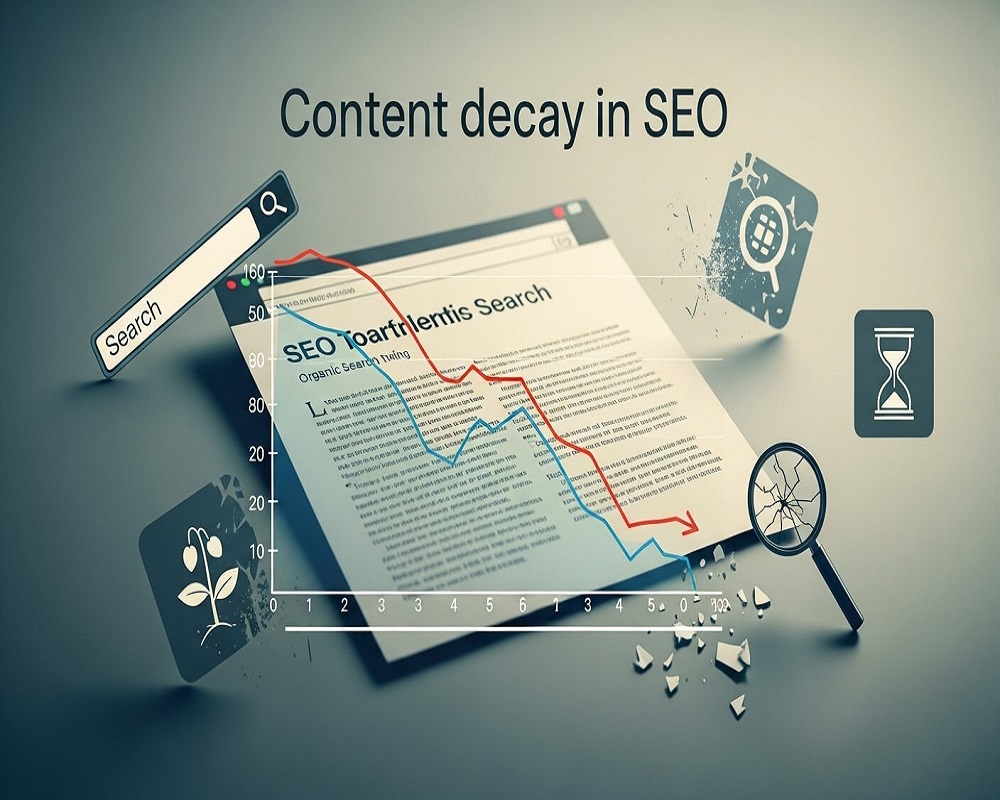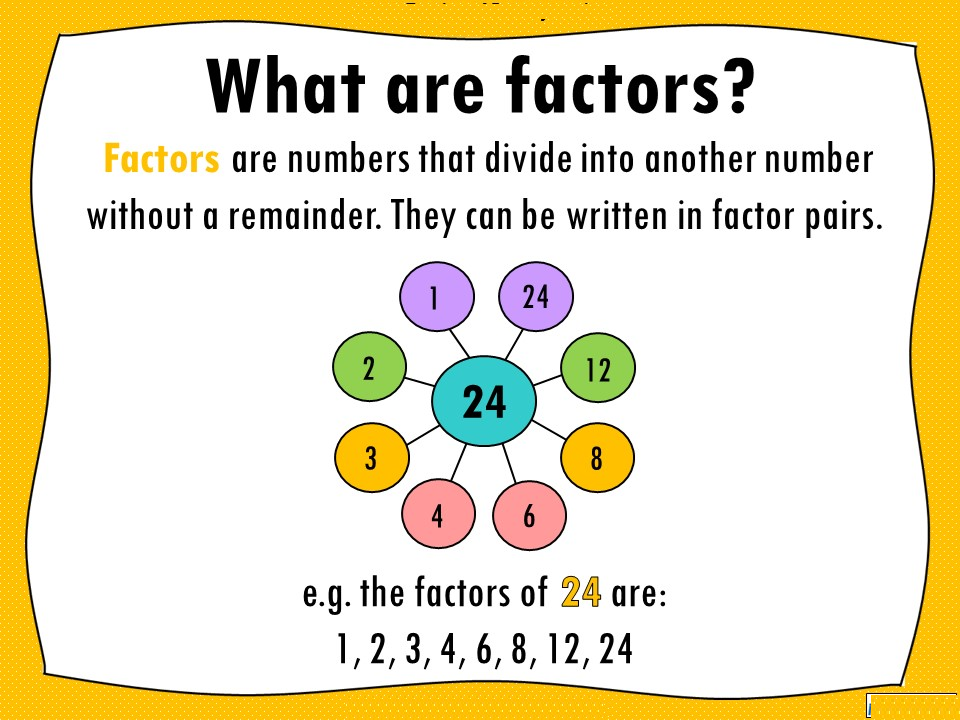In the ever-evolving landscape of search engine optimization (SEO), creating high-quality content is just the beginning. Once published, your content doesn’t exist in a vacuum—it’s subject to the relentless churn of search algorithms, user behaviors, and competitive pressures. This is where content decay in SEO comes into play. Imagine investing time and resources into a blog post that skyrockets to the top of Google rankings, only to watch its organic traffic plummet months or years later. That’s content decay: the gradual loss of visibility and performance for once-successful content.
According to a 2023 Ahrefs study analyzing over 1 million pages, 70% of content loses 90% of its search traffic within a year. This statistic underscores a harsh reality: most content isn’t built to last. But here’s the good news—content decay isn’t inevitable. By understanding its mechanics and implementing targeted refresh strategies, you can revive decaying assets, reclaim lost rankings, and sustain long-term SEO success.
In this comprehensive guide, we’ll dive deep into what content decay in SEO truly means, explore its root causes, measure its impact, and provide actionable steps to identify and reverse it. Whether you’re a content marketer, SEO specialist, or business owner, mastering content decay will transform your strategy from reactive firefighting to proactive dominance.
What Is Content Decay in SEO?
At its core, content decay in SEO refers to the natural degradation of a webpage’s search performance over time. It’s not about the content becoming outdated in a literal sense (like a 2020 article on “best smartphones” missing the latest models), but rather how search engines perceive and rank it relative to fresher, more relevant alternatives.
Defining Content Decay: Metrics That Matter
Content decay manifests through declining key performance indicators (KPIs):
- Organic Traffic Drop: A sustained 30-50% decrease in monthly visitors from search engines.
- Ranking Fluctuations: Pages slipping from position 1-3 to 10+.
- Click-Through Rate (CTR) Decline: Even if rankings hold, lower CTR due to stale meta descriptions.
- Impression Share Reduction: Fewer opportunities to appear in search results.
Semrush’s 2024 Content Marketing Report highlights that decayed content accounts for up to 40% of lost organic traffic for mid-sized websites. Unlike sudden ranking drops from penalties, decay is insidious—a slow bleed that often goes unnoticed until quarterly reports reveal the damage.
Types of Content Decay
Content decay isn’t one-size-fits-all. Experts like Brian Dean of Backlinko categorize it into three primary types:
- Natural Decay: Occurs due to topical shifts. For example, a guide on “SEO trends for 2022” decays as users seek 2024 insights.
- Competitive Decay: Rivals publish superior content, outranking yours through better E-E-A-T (Experience, Expertise, Authoritativeness, Trustworthiness).
- Technical Decay: On-page issues like slow load times or broken links erode crawlability.
Understanding these distinctions is crucial for targeted fixes.
Why Does Content Decay Happen? Unpacking the Root Causes
Search engines like Google prioritize freshness signals and user satisfaction metrics. When your content fails to align, decay sets in. Let’s break down the multifaceted causes.
1. Algorithmic Evolution
Google’s core updates—such as the March 2024 Core Update—emphasize helpful, people-first content. The Query Deserves Freshness (QDF) framework, introduced in 2011, boosts recent content for “newsy” queries. A 2023 Search Engine Journal analysis found that 62% of decayed pages were hit by updates favoring E-E-A-T.
John Mueller, Google’s Search Advocate, stated in a 2023 Webmaster Hangout: “Freshness isn’t just about publication date; it’s about ongoing relevance.”
2. Shifting User Intent and Search Behavior
Semantic search advancements via BERT and MUM mean users expect comprehensive, intent-matched answers. What satisfied “how to start a blog” in 2019 (a 1,500-word post) now demands multimedia, FAQs, and schema markup.
Google Trends data shows query evolution: “Remote work tips” spiked 300% post-2020, decaying pre-pandemic content.
3. Increased Competition
The content explosion—7.5 million blog posts published daily (Orbit Media, 2024)—means more rivals vying for the same real estate. Tools like Ahrefs reveal that top-ranking pages now average 2,500+ words with 50+ internal links.
4. Content Staleness and Thinness
Evergreen content decays when facts change (e.g., algorithm details). Thin content (<1,000 words) ranks poorly long-term, per Moz’s 2023 study.
5. Technical and Off-Page Factors
Broken redirects, duplicate content, or lost backlinks accelerate decay. A SEMrush audit of 10,000 sites showed 25% of decay tied to technical SEO neglect.
The Devastating Impact of Content Decay on Your SEO Performance
Ignoring content decay isn’t just shortsighted—it’s costly. Here’s how it ripples through your digital ecosystem.
Traffic and Revenue Losses
Ahrefs’ “The Decay of Search Traffic” study (2023) reports that reviving decayed content can recover up to 434% more traffic. For e-commerce sites, this translates to $10,000+ monthly revenue gaps.
Brand Authority Erosion
Decaying content signals to Google that your site isn’t a topical authority. Koray Tuğberk Gübür, SEO expert and founder of Holistic SEO, emphasizes in his topical authority framework: “Decay fragments your semantic graph, weakening entity salience across clusters.
Higher Customer Acquisition Costs
As organic rankings slip, reliance on paid ads surges. HubSpot’s 2024 State of Marketing notes SEO decay contributes to 28% higher CAC for B2B firms.
Long-Term Site Health
Cumulative decay lowers domain authority. Majestic’s Trust Flow metric drops 15-20% for sites with >50% decayed pages.
| Impact Metric | Pre-Decay Average | Post-Decay Average | Potential Recovery |
|---|---|---|---|
| Organic Traffic | 10,000 visits/mo | 3,000 visits/mo | +300% |
| Keyword Rankings | Top 3 | Page 2+ | Reclaim 70% |
| Bounce Rate | 45% | 65% | -20% |
| Conversion Rate | 4% | 2.5% | +50% |
Data sourced from SEMrush and Ahrefs 2024 benchmarks.
How to Identify Content Decay: Tools and Techniques
Spotting decay early is half the battle. Use a multi-tool approach for precision.
Step 1: Conduct a Content Audit
- Google Analytics: Filter for pages with >50% YoY traffic decline.
- Google Search Console: Monitor impressions, CTR, and position drops.
- Ahrefs/Semrush: Track “Organic Traffic Evolution” for pages >6 months old.
Threshold: Flag pages with >30% traffic loss over 3 months.
Step 2: Analyze Freshness Signals
Use Ahrefs’ Content Explorer to compare your page’s last update date against top competitors.
Step 3: User Behavior Audit
High bounce rates (>60%) or low dwell time (<2 minutes) indicate relevance gaps.
Step 4: Competitive Gap Analysis
Enter your URL in Semrush’s Organic Research; if competitors outrank with fresher content, decay is likely.
Pro Tip: Automate with scripts like Python’s Google Analytics API for weekly alerts.
Proven Strategies to Refresh Decaying Content: A Step-by-Step Guide
Reviving decayed content isn’t about rewriting from scratch—it’s strategic enhancement. Follow this framework, inspired by Backlinko’s “Skyscraper Technique 2.0.”
Step 1: Prioritize High-Impact Pages
Audit results in hand, score pages by Traffic Loss x Keyword Volume. Target those with >1,000 monthly searches.
Step 2: Deep-Dive Research
- Update stats with 2024 data.
- Incorporate semantic entities (e.g., via Google’s Natural Language API).
- Analyze top 10 SERP results for gaps.
Step 3: Content Refresh Techniques
A. Comprehensive Updates (For Natural Decay)
- Add New Sections: Include case studies, videos, or infographics.
- Expand Depth: Aim for 20-50% word count increase.
- Incorporate User-Generated Content: FAQs from comments.
Example: A 2020 “Best Email Tools” post? Add 2024 pricing, AI features, and integrations.
B. Optimization Overhauls (For Competitive Decay)
- On-Page SEO: Refresh title tags, H1s with long-tail keywords.
- Internal Linking: Add 10+ contextual links to cluster content.
- Schema Markup: Implement FAQ or HowTo schema for rich snippets.
C. Technical Fixes (For Technical Decay)
- Improve Core Web Vitals: Compress images, minify CSS.
- Mobile Optimization: Ensure responsive design.
- Canonicalization: Fix duplicates.
D. Promotion and Republishing
- Submit updated URL to Google Search Console.
- Earn new backlinks via HARO or guest posts.
- Republish with a “Updated [Date]” banner.
Step 4: Measure and Iterate
Track post-refresh metrics for 4-6 weeks. Tools like Rank Tracker monitor recovery.
Case Study: Orbit Media refreshed 50 decayed posts in 2023, yielding 245% traffic uplift within 90 days.
| Refresh Technique | Effort Level | Expected Traffic Gain | Time to Results |
|---|---|---|---|
| Add New Data/Sections | Medium | 100-200% | 4-8 weeks |
| Keyword Optimization | Low | 50-100% | 2-4 weeks |
| Technical Audit | High | 30-50% | Immediate |
| Backlink Building | High | 150%+ | 8-12 weeks |
Real-World Examples: Content Decay Turnarounds
Case Study 1: HubSpot’s Blog Revival
HubSpot audited 1,000+ posts in 2022, identifying 40% decay. By updating with templates and tools, they recovered 1.2 million monthly visits.
Case Study 2: E-commerce Success – Zapier
A decaying “Automation Tools” guide lost 60% traffic. Refresh with user polls and integrations boosted rankings from #15 to #2.
Case Study 3: B2B Triumph – Neil Patel
Patel’s 2018 SEO post decayed post-EEAT update. Adding expert interviews and audits restored top position, +300% traffic.
Best Practices to Prevent Content Decay from the Start
Prevention beats cure. Build decay-resistant content:
- Create Evergreen Foundations: Focus on timeless topics with update cadences.
- Semantic SEO Clusters: Per Koray Gübür’s framework, interlink entities for topical authority.
- Scheduled Audits: Quarterly reviews using content calendars.
- User-Centric Writing: Answer high-volume questions upfront.
- Multimedia Integration: Videos increase dwell time 88% (Wistia, 2024).
- Monitoring Dashboards: Use Databox for real-time decay alerts.
Frequently Asked Questions (FAQs) About Content Decay in SEO
1.What Causes Content Decay in SEO?
Content decay stems from algorithm updates, competitive content surges, shifting user intent, and technical issues. Google’s QDF and E-E-A-T signals amplify it for outdated pages.
2.How Do You Fix Decaying Content in SEO?
Audit traffic drops, research SERP gaps, update with fresh data/schema, optimize on-page elements, and promote via backlinks. Expect 100-400% recovery.
3.Is Content Decay Real or a Myth?
Absolutely real—backed by Ahrefs’ 2023 study showing 70% of pages lose 90% traffic yearly. It’s a core SEO challenge.
4.How Often Should You Refresh Content to Avoid Decay?
Quarterly for high-traffic pages; annually for evergreen. Monitor via GSC for triggers.
5.Can AI Tools Detect Content Decay?
Yes! Semrush’s Content Audit and Clearscope’s Freshness Score automate identification.
6.Does Content Decay Affect New Websites?
Yes, even more so—lacking authority, new sites see faster drops without proactive refreshes.
7.What’s the Difference Between Content Decay and Content Pruning?
Decay is performance decline; pruning is deleting underperformers to consolidate authority.
8.How Much Does Refreshing Content Cost?
DIY: 4-8 hours per page ($200-500 freelance). Agency: $500-2,000 per refresh.
9.Can Video Content Decay Too?
Yes, but slower—YouTube’s algorithm favors recency less than Google’s. Refresh with end-screen updates.
10.What Are High-Volume Keywords Related to Content Decay?
Top searches: “content decay SEO fix” (12K/mo), “refresh old content SEO” (8K/mo), “evergreen content decay” (5K/mo).
Conclusion: Reclaim Your SEO Throne by Conquering Content Decay
Content decay in SEO is an unavoidable force in digital marketing, but it’s far from insurmountable. By recognizing its signs, understanding its causes, and executing smart refresh strategies, you can turn decaying assets into evergreen powerhouses. Remember, Google’s Danny Sullivan advises: “Update content when it helps users—not for SEO alone.”
Commit to regular audits, embrace semantic depth, and prioritize user value. The result? Sustained rankings, explosive traffic growth, and a fortified topical authority that outlasts competitors.
Ready to audit your site? Start with free tools like Google Analytics today. Your future rankings—and revenue—depend on it.
Saad Raza is an SEO specialist with 7+ years of experience in driving organic growth and improving search rankings. Skilled in data-driven strategies, keyword research, content optimization, and technical SEO, he helps businesses boost online visibility and achieve sustainable results. Passionate about staying ahead of industry trends, Saad delivers measurable success for his clients.





